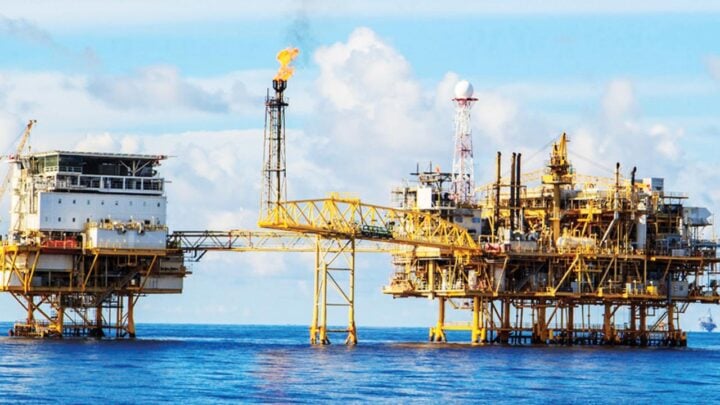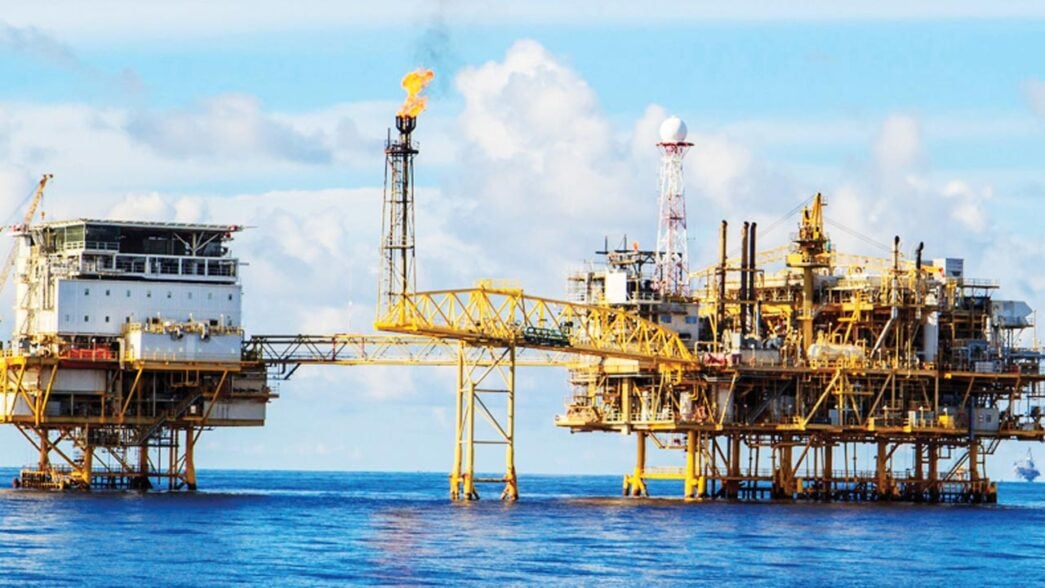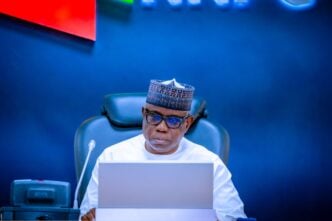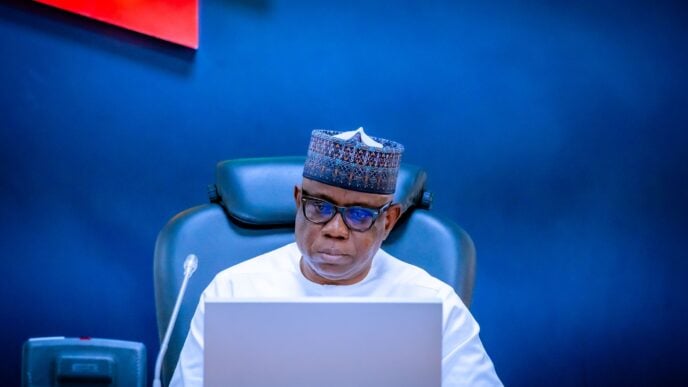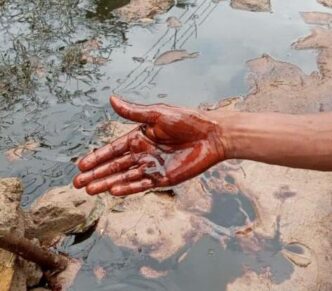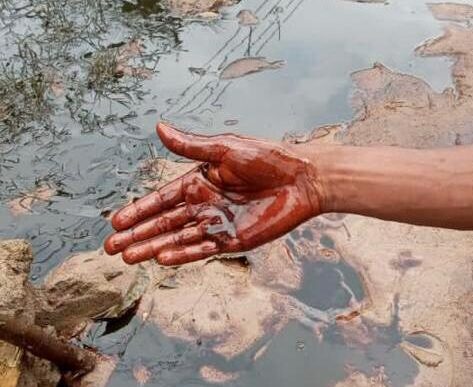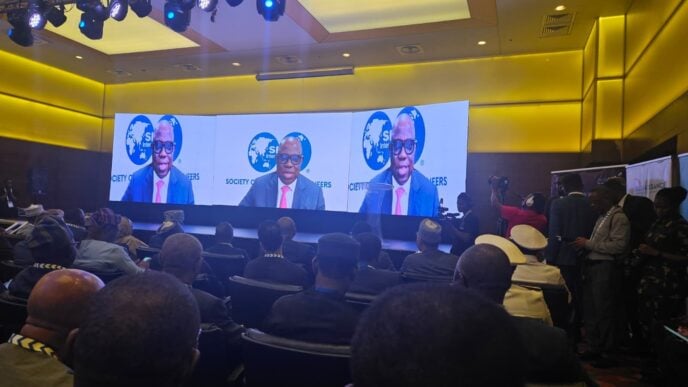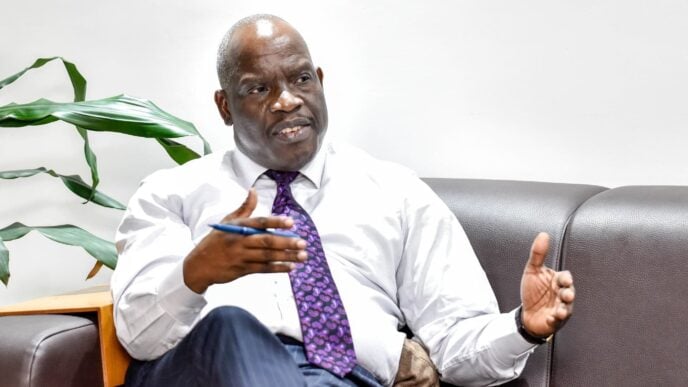The federal government has disclosed plans to increase oil output from Nigeria’s deepwater oil fields by 810,000 barrels per day (bpd) through a new cluster and nodal development initiative.
Gbenga Komolafe, the chief executive of the Nigerian Upstream Petroleum Regulatory Commission (NUPRC), spoke on Thursday in Abuja at its stakeholders’ workshop on deep and shallow water cluster and nodal development.
The initiative, championed by the NUPRC, is part of a broader effort to revive Nigeria’s offshore oil production, which has suffered a decline in recent years.
Komolafe, represented by Babajide Fashina, the agency’s executive commissioner, economic regulation and strategic planning, said if fully implemented, the additional output could raise Nigeria’s total monthly crude production by 2.51m bpd with condensates.
Advertisement
This, he said, would significantly strengthen the country’s revenue generation capacity and improve compliance with OPEC+ production quota.
He said the plan was conceived in response to the industry’s dwindling offshore output and the need to harness untapped reserves for sustainable growth.
“At the peak of our deep water oil production in 2016, Nigeria was producing about 800,000bpd. Sadly, that figure has now dropped to below 500,000 bpd,” Komolafe said.
Advertisement
The NUPRC boss explained that its data showed that there are over 5.13 billion barrels of oil and 13.53 trillion cubic feet (tcf) of gas still sitting untapped in the deepwater acreages.
Out of this, he said 3.59 billion barrels fell under 2P reserves, meaning that they were proven and probable but yet undeveloped.
“A preliminary regulatory deep-dive through the Field Development Plans (FDPs) approvals indicates that current developments-in-view could unlock around 1.55 billion barrels of oil and condensate and another 1.49 tcf of associated gas,” he said.
“Once these approved FDPs are executed, we could see peak oil production rise by as much as 810,000 barrels of oil per day.
Advertisement
“A new Shallow and Deep Water Cluster Development Committee was inaugurated within the NUPRC to work closely with International Oil Companies (IOCs) and indigenous producers to identify and mature these opportunities.
“Through this collaborative approach, we want to maximise returns from existing assets, ramp up volumes, and reduce unit technical costs.”
Komolafe expressed dissatisfaction that despite the huge potential, the deepwater fields were underutilised due to challenges such as funding gaps, infrastructure limitations, regulatory bottlenecks and delayed project sanctions.
He said the eight floating production storage and offloading (FPSOs) units are grossly underutilised, adding that with collaboration, more would be achieved.
Advertisement
Komolafe said deep offshore reserves currently account for 18 percent of Nigeria’s total oil and condensate reserves, with major discoveries such as Bonga, Agbami, Egina, and Erha fields leading the way.
‘DEEPWATER OPERATIONS PRODUCED 4.4BN BARRELS OIL’
Advertisement
He said the country has cumulatively produced over 4.4 billion barrels from deepwater operations, with contributory efforts from Shell, ExxonMobil, TotalEnergies, Agip, and Chevron.
Komolafe, however, urged operators to embrace its collaborative model and commit to delivering results that would drive energy security, economic stability, and prosperity for all stakeholders.
Advertisement
Enorense Amadasu, executive commissioner for development and production at the NUPRC, said unlocking the production would rely on executing already-approved FDPs and adopting new cost-saving frameworks.
Amadasu, in his presentation, said execution of the approved development plans in deep offshore fields is expected to bring in an additional 810,000 bpd.
Advertisement
“This is not just theoretical. We already have projects like Bonga North that have taken Final Investment Decisions, and several more like the Owowo, Zaba Zaba, Eta, NAE, and others, are in view,” he said.
He said multiple challenges, including high technology costs, uneconomic standalone developments, and delays in final investment decisions, have slowed progress.
“We have identified over 20 key deep water assets such as Owowo, Nsiko, Bolia, Aparo, Bonga South West, Doro, Sheki, Akpo West, and others. While some may lack scale individually, they can become viable if developed together,” he said.
On government incentives, Amadasu cited ongoing interventions, including zero hydrocarbon tax on deepwater fields under the Petroleum Industry Act (PIA), as well as presidential directives 40, 41, and 42.
